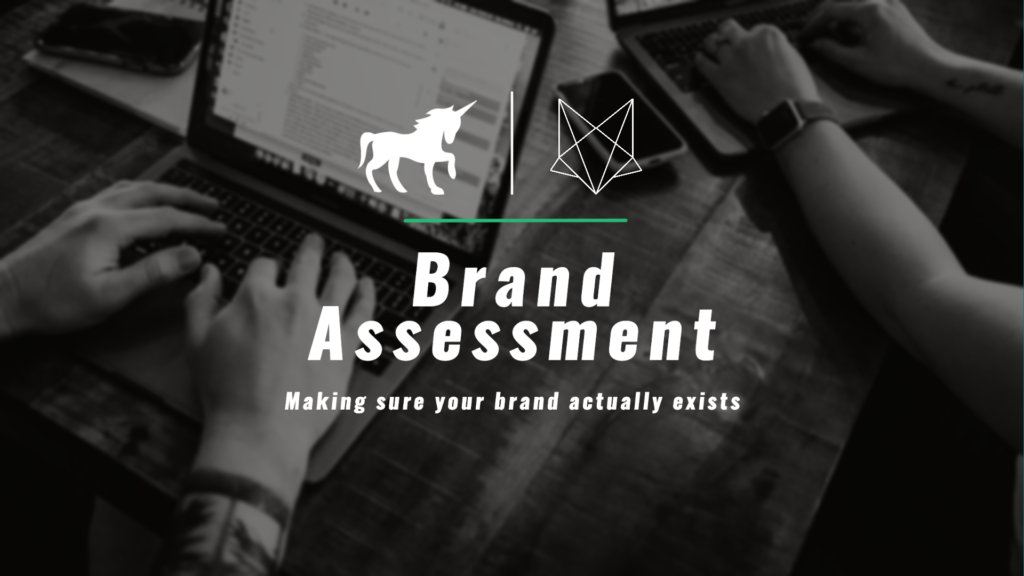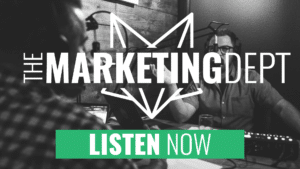
2021 Social Media Trends: BRAND TRANSPARENCY
Time To Read: 3 minutes2021 SOCIAL MEDIA TRENDS: BRAND TRANSPARENCY
Last year has shown to rock the social media landscape. 2021 has brought unexpected changes that your business can use to its advantage. Over the next few weeks, we are going to dive into social media trends that your business should consider implementing. Some of the trends we will share with you may be foreign, while others you may have seen but with a new twist. Follow along with us as we make recommendations for your business digital strategy that will make your brand relevant this year.
Over the last few weeks, we covered the marketing strategies of remixing, memetic, nostalgic, conversational, adaptation, and old-school marketing. We thought it was important to include brand transparency. Becoming a brand that highlights truth will develop trust with customers in the recent rise of digital disinformation. It’s no secret that social media blurs the line between fact and fiction, but with the continued uncertainty of the COVID-19 health crisis, misinformation and fake news has increased significantly. Be a brand that helps silence fake news by providing truth, accuracy, and transparency.
Analysis of Brand Transparency Trend
According to Hubspot, from February 2020 onwards, mentions of fake news, misinformation, and conspiracy theories increased dramatically. Consumers could not identify an authoritative source they felt they could trust, leading to an influx of people seeking trustworthy brands. Tim Williamson, Managing Director of APAC, Telum Media, says, “Trust and authenticity will be key themes. Weary consumers are gravitating to trusted media brands to help navigate uncertainty. The tech giants are under greater public scrutiny. There is an opportunity for brands and marketing and communications teams to build trust by engaging authentically with their audiences.”
Be Transparent
Hubspot shares “66% of consumers state that brand transparency is one of the most attractive qualities in a brand.” Position your business to be open and honest about your brand, behind-the-scenes, etc. Consumers will appreciate it and be refreshed by the willingness to share.
Secure Your Business Platforms
Hackers don’t hesitate to take over authentic channels to share false information, especially if you’re business has a trusted foundation. Ensure your channels, social media accounts, email platform, and other communication platforms are secured.
Monitor What Your Business Shares
If your business hasn’t already, put in place communication guidelines. Ensure your team knows that they must be certain of a source’s authenticity before sharing it or posting it. Don’t assume something is accurate information; dig deeper and fact check.
Constantly Check Account Access
Check who controls your social media accounts, and verify that rogue employee, or recently made ex-employees don’t take over your channels. Minimize admin access to your accounts, and have a plan in place if there is about to be a shift in positions.
The Future of Brand Transparency
Expect the continuation of social media channels to actively tackle misleading information. Hubspot says, “It’ll be a challenging task [to tackle disinformation], as platforms find the balance between transparency, open communication, and managing the issue, so expect numerous fixes to appear throughout 2021 as a fitting solution is found.”
Bottom Line
As consumers become more discerning about disinformation on social media platforms, they are increasingly engaging with authentic and more real content. Take that to your advantage and build trust with your audience through your social media content. For your business success, implementing brand transparency into your business social media strategy is a wise move for 2021.







